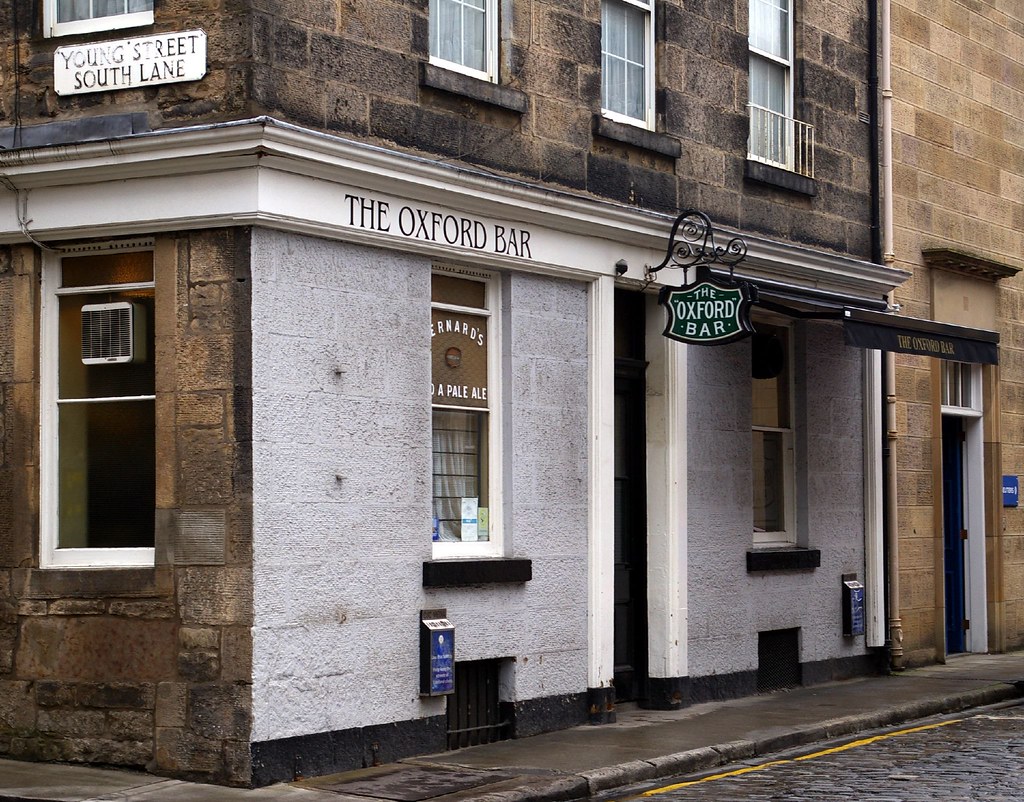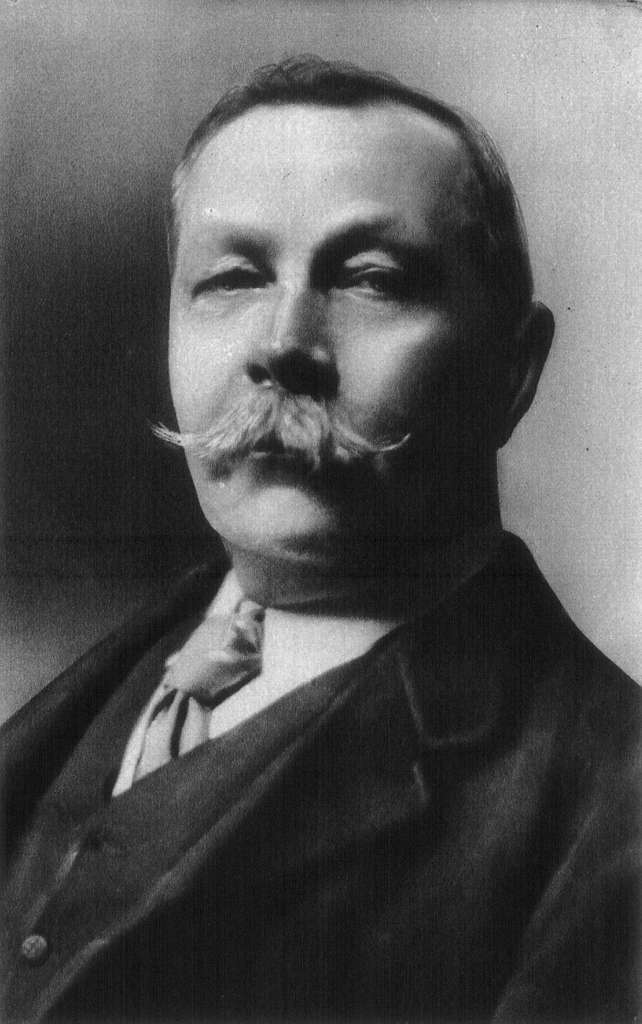Born in the Breach: How Inspector Rebus Inhabits Edinburgh’s Divided Personality?
“Rebus is out there right now, on some Edinburgh Street,” Ian Rankin said in an interview.
Detective Inspector John Rebus, created by the Edinburgh author Ian Rankin, is not a reasoning genius who “fights for truth and truth” like Sherlock Holmes. He is more rebellious, stubborn, rude, and even corrupt, but he is also more real and more “Edinburgh”.
Suppose we can see the historical shadow and cultural temperament of Edinburgh in the depths of Sherlock Holmes’ soul; John Rebus is the embodiment of postmodern Edinburgh in literature. He always stands at the crime scene in Edinburgh, shuttling between the ground and the underground, between order and chaos.
As a “bad cop”, Rebus does not heroically challenge the order like a traditional detective. Still, it proves that a perfect “schizophrenic” city like Edinburgh cannot produce a completely righteous detective.
In Ian Rankin’s crime works, the city is not only the geographical backdrop but also the puzzle itself.
Rankin has stated that the city is a character in his novels, and his initial inspiration came from the Scottish writer Stevenson’s The Strange Case of Dr. Jekyll and Mr. Hyde. He said that the city of Edinburgh itself has a Jekyll/Hyde quality, which is first reflected in the contrast between Edinburgh’s Old Town and New Town.
Clustered around Edinburgh Castle, Edinburgh’s Old Town is densely packed with medieval buildings and castles. The New Town, on the other hand, is symmetrical and rational, reflecting the advanced urban planning concepts of the neoclassical period.
In addition to the problem of spatial planning, Edinburgh’s structural fragmentation is more like a split personality.
As the world’s first City of Literature and one of Scotland’s most significant cities, Edinburgh is renowned for its vibrant literary and educational atmosphere. However, Ian Rankin lifts the veil of reputation and reveals the real and dark side of Edinburgh, characterized by power struggles, class oppression, and crime.
“You’ve got all this grotesque, grim stuff that happened, acts of cannibalism, body snatchers, serial killers, very dark stuff happening in history, and what I’m saying is Edinburgh hasn’t changed that much. It pretends it has, but it really hasn’t. It’s still a city where you can imagine any amount of terrible things happening behind the thick Georgian stone walls and the twitching net curtains.”
——Ian Rankin in interview by ABC News
In Hide and Seek, Rebus discovered that the hidden staircase of a casino in Edinburgh’s New Town leads to an underground club, Hyde’s Club. Upper-class men operate here to conduct illegal transactions, drug use, and voyeurism, using this as a tool for bribery.
“What happens underground, their threat goes, may not stay underground if you do not comply.”
——Rebus in Hide and Seek
Hyde’s Club directly exposes the division and hidden exploitation within society’s elite, and when Rebus attempted to defend the truth, the evidence of the crime was “buried” by the powerful class.
This seems ironic. In the novel, the gang leaders of the “underground world” use violence and money to control the lower classes of the city; but the “above ground world” – those who wear suits and sit in offices, also use systems, budgets, and news discourse to complete another set of “legal violence”.
These two worlds are not in opposition to each other, but in collusion.
“We spend most of our time chasing something called “the underworld”, but it’s the overworld we should really be keeping an eye on.”
——Rebus in A Question of Blood
Rankin subtly asks his readers this question: Do we all have an Edward Hyde inside us? (The critical villain in Dr. Jekyll and Mr. Hyde)
Not just personality defects
Compared with Holmes, Rebus has more examples of failure. He is withdrawn, violent, alcoholic, suspicious, will misjudge, escape, and be afraid, and has difficulty handling the relationship with his wife and daughter. From any angle, he is an unlikable character.
However, he will remain persistent in the truth of the case and will feel guilty for a long time due to the mistakes that caused harm to innocent people.
But it is such people who can easily navigate the complex social structure of Edinburgh, just as it is difficult for us to imagine how a moral model can establish a relationship with the owner of an underground club that sells drugs.
When a thousand mice are hiding in the basement, the most loyal, just, and skilled cat will be eaten by mice.
At this time, Rebus can drink a whole bottle of whiskey, sneak underground, and unravel the civil veil of Edinburgh, observing Injustice, inequality, and harm.
Following in the footsteps of Rebus, I realized that “if you see a city always in order, maybe you are just standing at the angle it wants you to see.”
Why Edinburgh gives birth to Rebus.
Rebus is not a hero; he is not even a “good cop”. But he must exist. Because only such a person can survive in the cracks of the city without exploding, getting angry, or running away, and bring more hidden truths to readers.
“Stubbornness is Rebus’s most deep-seated characteristic. All the various ways in which he could improve the quality of his life, which boil down essentially to his being less impossible, are somehow unthinkable.
“He stands in everybody else’s way, but he stands in his own way too: difficult, determined, remorseless, honourable, honest, and proud of his lack of charm. He is a deeply Scottish self-image…”
——John Lanchester Writing for the London Review of Books
I think that Holmes, who values rationality and order, has the self-confidence of the Victorian era, while Rebus represents the scars left by modern Scotland after the glory fades.
He is not an idealistic detective, but he exposes the problems that the city cannot answer. As a virtual character, he has quite crucial practical significance. He is a mirror of Edinburgh’s social issues, honestly reflecting the complexities of this city.
Rankin said, “He’s trying to make sense of the world and determined to endure.”
Realistic readers will continue to love Rebus; this flesh-and-blood Scottish male is the quintessential son of modern Edinburgh, despite being an undeniable, bad policeman.


